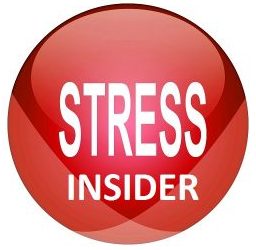The 4-7-8 Breathing Technique

The Bottom Line: Focusing on your breathing quiets down your life.
Of course, we all breathe. It’s just that we often don’t breathe correctly in certain situations.
Here’s an interesting technique that I recently came across in my readings. I’ve always practiced various relaxation breathing techniques that fundamentally consist of slow, deep ‘abdominal’ breathing but this one is a little more specific and advocates a particular timing sequence for your breathing.
Dr. Andrew Weil, founder and director of the University of Arizona Center for Integrative Medicine, teaches a 4-7-8 breathing ratio technique that he claims can help with reducing anxiety and can also help you fell asleep. The 4-7-8 breathing technique requires a person to focus on taking a long, deep breath in and out with the following potential benefits:
- reducing anxiety
- helping a person get to sleep
- managing cravings
- controlling or reducing anger responses
How to do it
Before starting the breathing pattern, adopt a comfortable sitting position and place the tip of the tongue on the tissue right behind the top front teeth.
To use the 4-7-8 technique, focus on the following breathing pattern:
- empty the lungs of air
- breathe in quietly through the nose for 4 seconds
- hold the breath for a count of 7 seconds
- exhale forcefully through the mouth, pursing the lips and making a “whoosh” sound, for 8 seconds
- repeat the cycle up to 4 times
Dr. Weil recommends using the technique at least twice a day to start seeing the benefits sooner. He also suggests that people avoid doing more than four breath cycles in a row until they have some practice with the technique because a person may feel lightheaded after doing this for the first few times. To be safe, it is advisable to try this technique when sitting or lying down to prevent dizziness or falls.
Of course, if a person cannot hold his or her breath for long enough may try a shorter pattern instead, such as: breathe in through the nose for 2 seconds; hold the breath for a count of 3.5 seconds; exhale through the mouth for 4 seconds. The important thing is maintaining the correct ratio, i.e., 4-7-8, of timing for breathing in, holding the breath, and breathing out.
Presumably, as long as a person maintains the correct ratio, benefits should be noticed within several days. According to some advocates of 4-7-8 breathing, the longer and more frequently a person uses the technique, the more effective it becomes.
All that said, there is limited clinical research to support these claims about 4-7-8 breathing or many other breathing techniques for that matter. The evidence is limited to anecdotal reports from satisfied users. However, on the upside, controlled, slower breathing is known to promote a physical state that leads to physical relaxation. Further, from a practical point-of-view, it serves to direct your thoughts to your breathing pattern and that, at least temporarily, is a healthy substitute for your anxiety-related thoughts.
